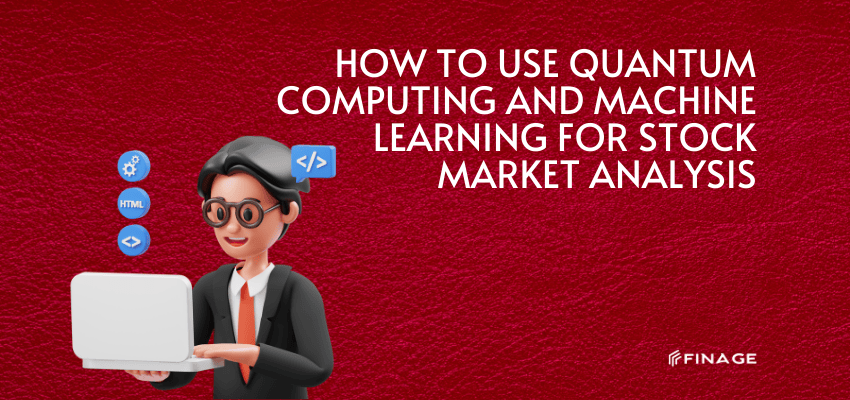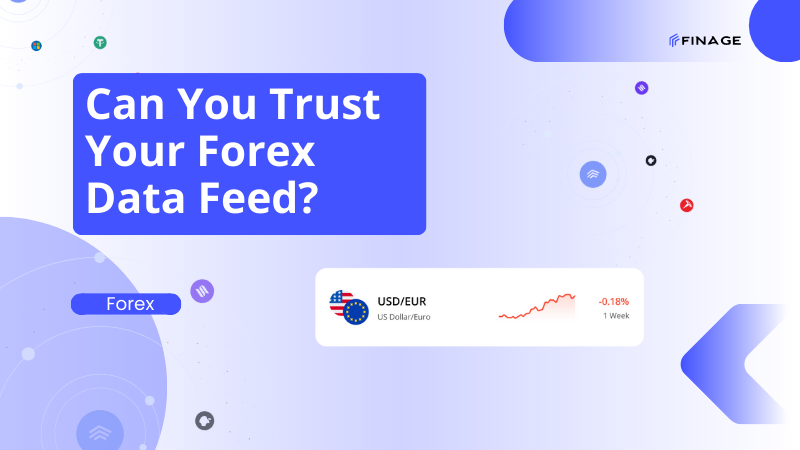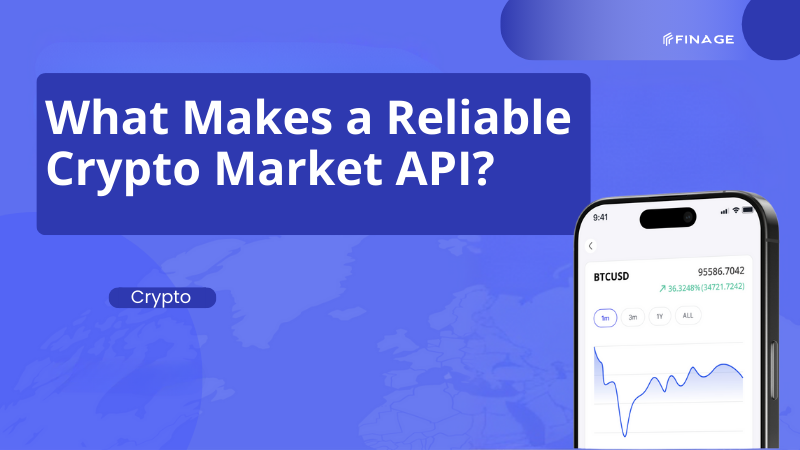How to Use Quantum Computing and Machine Learning with Stock Market API?
5 min read • September 5, 2024

Introduction
You’ve probably noticed how tech is always evolving and how it's made life easier in so many ways. Stock trading, for example, has seen some incredible innovations over the years. Machine learning is another area that’s seen some impressive changes and that has risen in prominence. While the thought of machine learning in the stock niche and stock market data API may not be all that foreign to even some novices, however, when you add quantum computing into the mix — things get even more interesting. It is probably way less familiar to most people.
So let’s clear up the confusion by diving into how these two technologies work together. By the time you’re done reading, you’ll have a solid understanding of both and how they fit into the stock trading world.
Contents:
- ML's role in the matter
- The quantum path
- Understanding quantum neural networks
- The benefits of quantum computing
- ML model's main advantages
- Final thoughts
ML's role in the matter
The most apparent place to start is with machine learning (ML) and its application in the field of stock trading. Machine learning, along with artificial intelligence, enables computers to learn and adapt without direct guidance through the use of algorithms. When used in stock trading, it forms part of AI trading, with the goal of automating procedures.
Said automation revolves around the ability to analyze data quickly and act on it, usually based on limited instructions. This limitation in human input is such that the following benefits are brought about:
- It allows for the quick analysis of vast data sets
- There is a lack of human error, and thus the data if accurate remains consistent
- Market trends can be identified quickly to seek and find opportunities
- Algorithms can be created to automatically act on set conditions 24/7, which means that traders can take advantage of opportunities without ceasing
The Quantum path
Now, machine learning, in itself, is quite useful, but it may not easily adapt to the constant changes that are ever present in the massive, variable-filled stock market. Navigating through this would require some serious computational power that standard machine learning may not have as it is. It is because of this that quantum computing, which has been around for decades, can come into the fray to speed things up.
The idea behind this type of computing is that various elements, such as quantum mechanics, physics, math, and computer science are brought together to allow for greater power. As a result, complex problems are solved a lot easier than in classical computers.
A mix between the two is what is known as quantum machine learning (QML) and it essentially brings together the computational power of the computers, with the pattern finding of ML. So, it just brings together the best of both worlds. For example, QML can enhance how you can apply and use stock price data APIs, making it easier to analyze vast amounts of market data quickly and accurately.
Understanding quantum neural networks
It is comparable to traditional neural networks, but it takes advantage of quantum computing's unique features. The key features include:
- Superposition: Allows QNNs to represent several options at once, improving their capacity to evaluate complicated datasets
- Entanglement: Allows quantum bits (qubits) to interact in ways that classical bits cannot, resulting in deeper insights and pattern recognition
So, how do you go about implementing this technology? The aim is to build a quantum neural network or QNN, that is similar to conventional versions but incorporates the more complex elements/features of superposition. Aside from theoretical apps, this method of development helps you to swiftly evaluate massive databases and uncover opportunities.
The benefits of quantum computing
Another way of using the combination of machine learning, and quantum computing is in the realm of quantum trading bots. AI bots automate the data analysis and execution processes. Now with the infusion of quantum computing, what you have is a smarter, faster bot that can easily recognize patterns and make well-informed decisions.
By looking at the above, it's clear to see that the mixture of ML and quantum computing would only heighten the former's capabilities. From a simple data analysis perspective, one would see the quick analysis of several technical indicators. This can then be used to optimize the following areas:
- Predictive model creation, which takes historical data, and seeks out patterns that can determine what the future could hold
- High-frequency trading, which sees the execution of trades at the highest of speeds, and with quantum machine learning, could result in much more efficient and possibly more affordable
- Sentiment analysis, which involves the use of several key things such as news articles and social media posts to get a better understanding of how the world feels about the market
ML model's main advantages
ML models may use trends historical performance and current information to forecast future stock movements. Key benefits:
- Pattern Recognition: machine learning algorithms can discover complicated patterns in stock price data, allowing them to anticipate future movements.
- Real-Time Analysis: they can evaluate data in real-time, giving traders up-to-date information.
- Adaptability: ML models can adapt to new data and constantly improve their accuracy.
By the way, by connecting your system to a reliable API, you can access real-time and historical stock price data, which feeds into machine learning models. To integrate a stock market data API, you can obtain an API key from a data provider, configure your API access, and use the API to retrieve and input the stock data into your model.
Final thoughts
It's reasonable to feel overwhelmed by the fast developments in stock trading technology. However, this acceleration is indeed the present trend. Quantum computing improves the capabilities of machine learning, which expands its use in real-world circumstances, making trading methods more sophisticated and successful.
Now, it's worth pointing out that while this combination is one of great interest and incredible potential benefit, there may be some concerns. These especially, surround the technically complex nature of quantum computing, as well as how such a tool will affect the market.
While some may find this development intimidating and others may embrace it, one thing is clear: interest in the combination of these solutions is set to grow significantly in the future. So, while quantum computing may still sound unfamiliar to most, it’s only a matter of time before it becomes a key player in how we analyze the stock market.
You can get your Real-Time and Historical Stocks Data with a Stock Market API key.
Build with us today!
Claim Your Free API Key Today
Access stock, forex and crypto market data with a free API key—no credit card required.

Stay Informed, Stay Ahead
Finage Blog: Data-Driven Insights & Ideas
Discover company news, announcements, updates, guides and more


